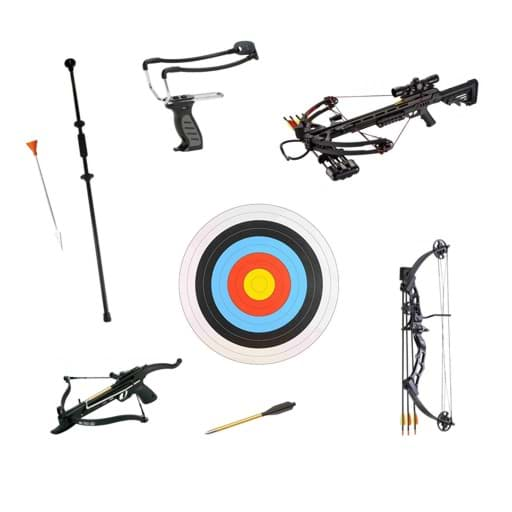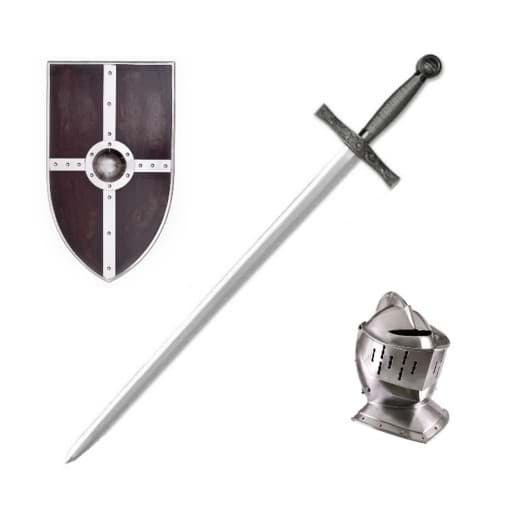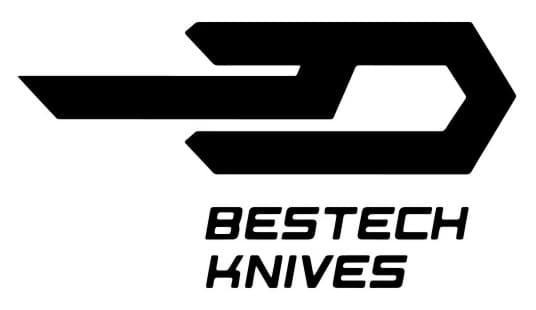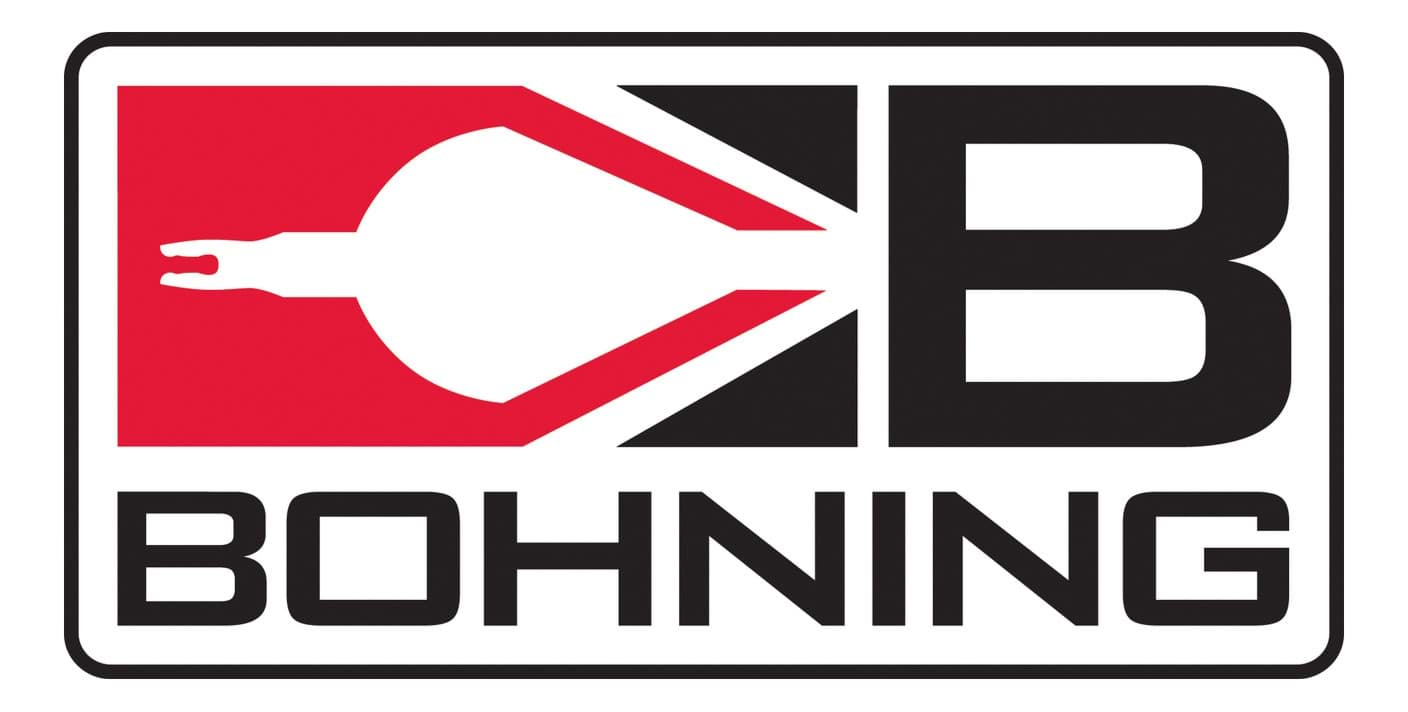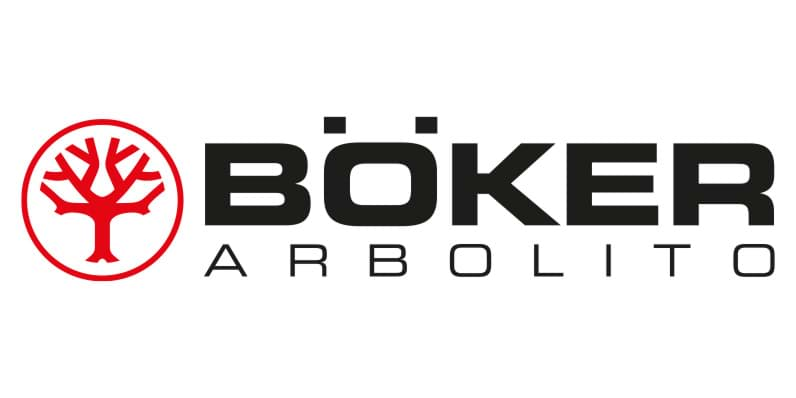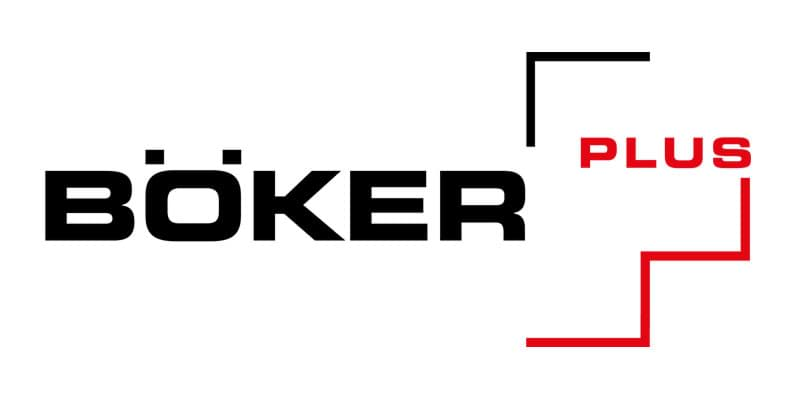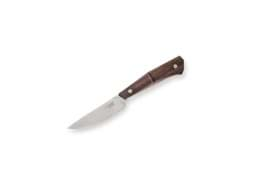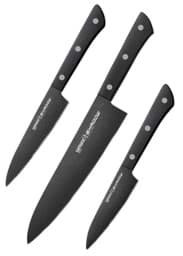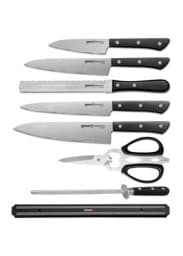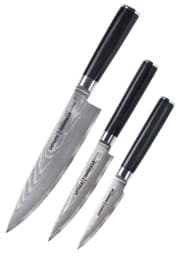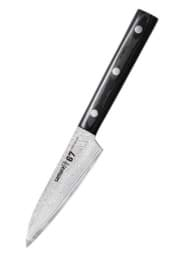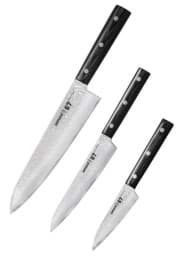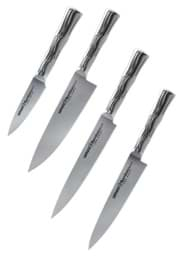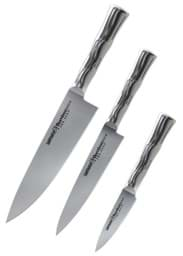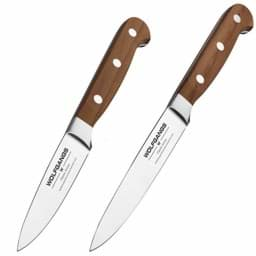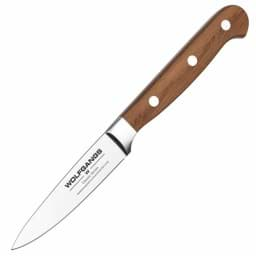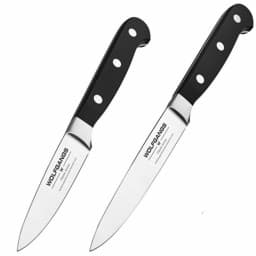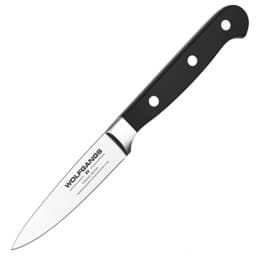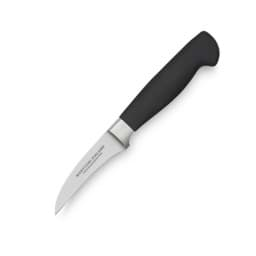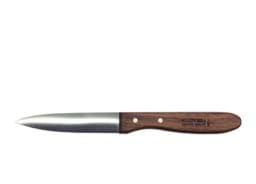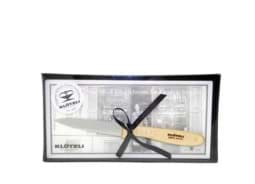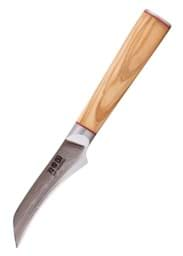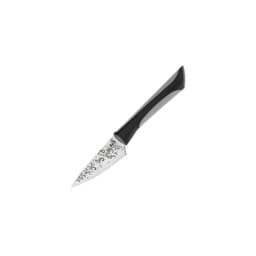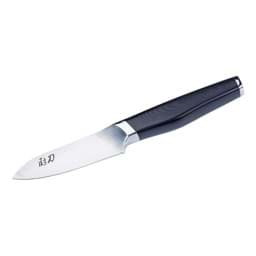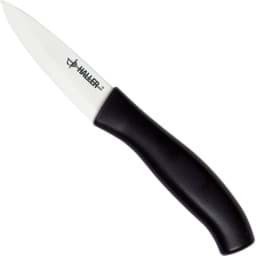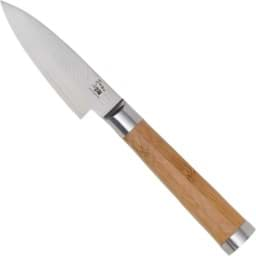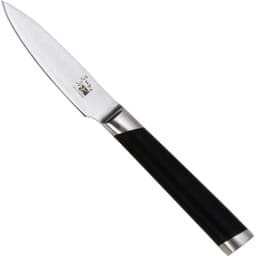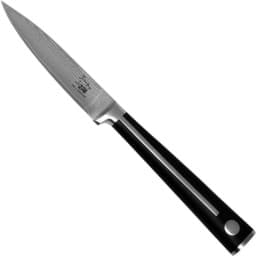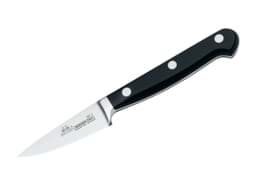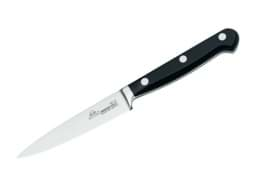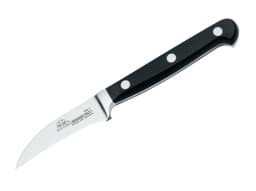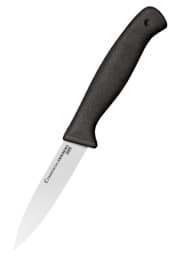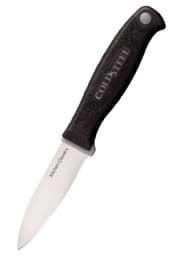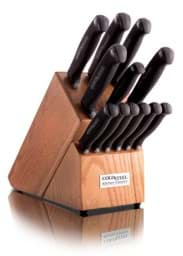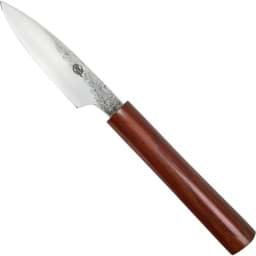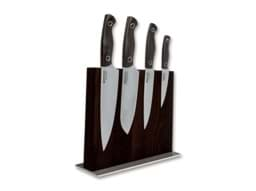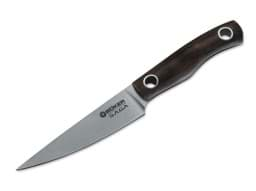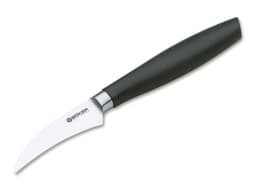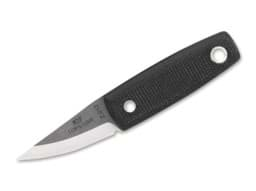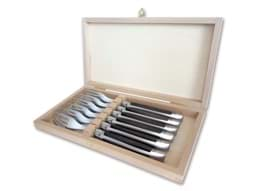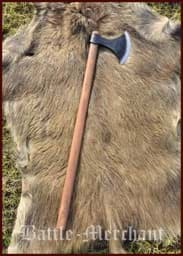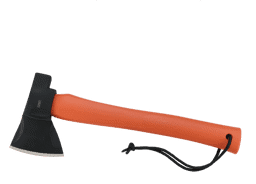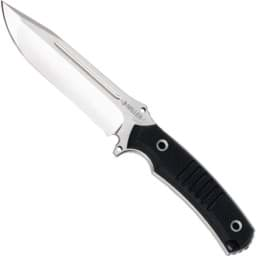Utility Knives
1-36 of 67
Viper - Sakura Paring Knife
zurzeit nicht lieferbar
CHF 99.00 *
Samura - Shadow Vegetable Knife 99 mm
10-20 Arbeitstage
CHF 23.00 *
Samura - Shadow 3-Piece Knife Set
10-20 Arbeitstage
CHF 75.00 *
Samura - MO-V Paring Knife 8 cm
zurzeit nicht lieferbar
CHF 36.00 *
Samura - Harakiri Super Set 8-Piece
10-20 Arbeitstage
CHF 99.00 *
Samura - Damascus Chef Knife Set 3-Piece
10-20 Arbeitstage
CHF 276.00 *
Samura - DAMASCUS 67 Paring Knife 10 cm
10-20 Arbeitstage
CHF 59.00 *
Samura - DAMASCUS 67 3-Piece Kitchen Knife Set
10-20 Arbeitstage
CHF 228.00 *
Samura - Bamboo Vegetable Knife 80 mm
10-20 Arbeitstage
CHF 22.00 *
Samura - Bamboo Knife Block with 4 Kitchen Knives
10-20 Arbeitstage
CHF 114.00 *
Samura - Bamboo 3-Piece Knife Set
zurzeit nicht lieferbar
CHF 58.00 *
Samura - 67 Paring Knives 10 cm
zurzeit nicht lieferbar
CHF 42.00 *
Odenwolf - Classic Walnut Paring Knife 2-Piece Set
zurzeit nicht lieferbar
CHF 30.00 *
Odenwolf - Classic Walnut Paring Knife
zurzeit nicht lieferbar
CHF 16.00 *
Odenwolf - Classic ABS Peeling Knife 2-Piece Set
zurzeit nicht lieferbar
CHF 30.00 *
Odenwolf - Classic ABS Paring Knife
1-2 Arbeitstage
CHF 13.60 *
Niedrigster:
CHF 16.00 *
Marttiini - Kide Paring Knife 8 cm
1-2 Arbeitstage
CHF 28.05 *
Niedrigster:
CHF 33.00 *
Klötzli - Grandma's Carver INOX
2-4 Arbeitstage
CHF 29.00 *
Klötzli - Grandma's Carver
2-4 Arbeitstage
CHF 29.00 *
Klingenreich - Damascus Paring Knife
zurzeit nicht lieferbar
CHF 75.00 *
Kai - Luna Paring Knife 9 cm
zurzeit nicht lieferbar
CHF 19.00 *
Herbertz - Paring Knife 341008
20-30 Arbeitstage
CHF 109.00 *
Haller - Paring Knife with Ceramic Blade 7 cm
10-15 Arbeitstage
CHF 8.00 *
Fudo - Prestige - Small Deba Knife
10-15 Arbeitstage
CHF 89.00 *
Fudo - Gendai Ko Hocho
zurzeit nicht lieferbar
CHF 68.00 *
Fudo - Classic - Ko Hocho
10-15 Arbeitstage
CHF 65.00 *
Due Cigni - Florence Utility Knife 7"
10-15 Arbeitstage
CHF 39.00 *
Due Cigni - Florence Utility Knife 10"
10-15 Arbeitstage
CHF 39.00 *
Due Cigni - Florence Paring Knife
10-15 Arbeitstage
CHF 38.00 *
Due Cigni - 1896 Walnut Paring Knife
zurzeit nicht lieferbar
CHF 59.00 *
Cold Steel - Paring Knife Commercial Series
10-20 Arbeitstage
CHF 19.00 *
Cold Steel - Kitchen Classics Paring Knife
10-20 Arbeitstage
CHF 24.00 *
Cold Steel - Kitchen Classics Knife Set with Block
1-2 Arbeitstage
CHF 374.00 *
Niedrigster:
CHF 440.00 *
Citadel - Small Deba Chef's Knife
10-15 Arbeitstage
CHF 189.00 *
Böker - Saga Grenadill Set Style with Knife Block 5-Piece
10-15 Arbeitstage
CHF 749.00 *
Böker - Saga Grenadill Paring Knife
10-15 Arbeitstage
CHF 129.00 *
Recently viewed products
Böker - Core Professional Paring Knife
CHF 65.00 *
TOPS Knives - Mini Tanimboca Puukko
CHF 149.00 *
Goyon-Chazeau - Laguiole Steak Fork Set Paperstone
CHF 329.00 *
Battle Merchant - Danish Axe
CHF 68.00 *
CRKT - Chogan Hatchet
CHF 72.00 *
Haller - Select ALVAR
CHF 69.00 *

